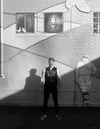The shift in energy came in a split second
A blueprint can be put in place for complete abolition
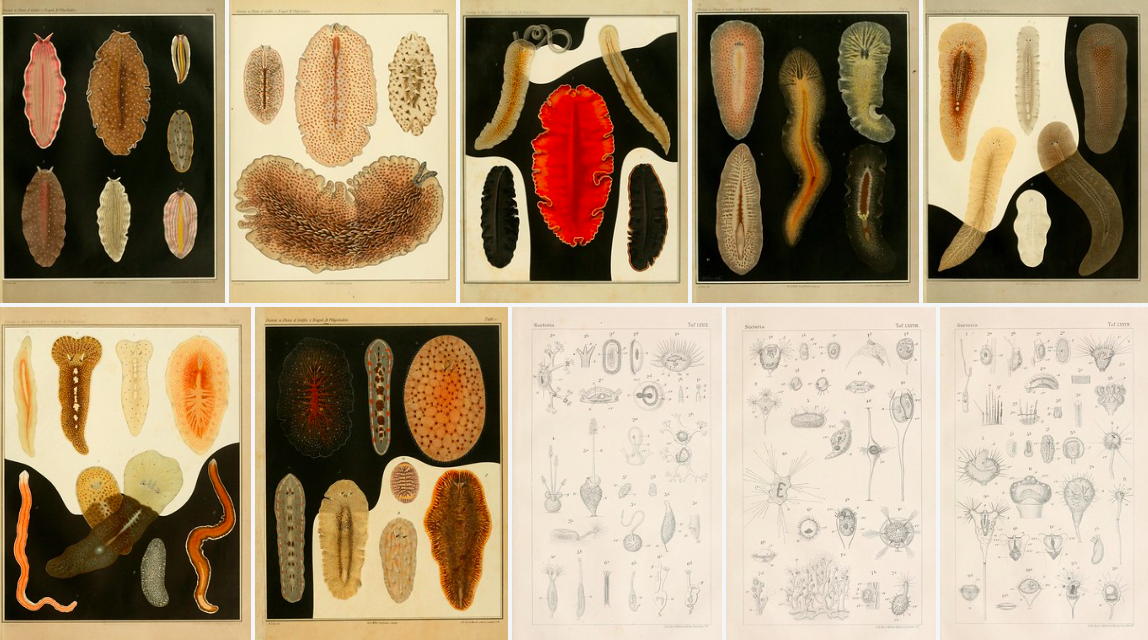
For today’s Hell World I asked writers in four different cities, Houston, Newark, Las Vegas, and Philadelphia, to write in with what their experience has been during the protests.
If you missed this post I sent out to paid-only subscribers the other day, I’ve opened it up to everyone now because it’s an important one. It’s an interview with a public defender in New York City about how the NYPD have been illegally detaining protestors in order to purposefully punish them. Read it here.
It’s really alarming how tenuous this stuff all seems to be and how quickly it’s falling apart. Are you alarmed?
Yes and no. I’m alarmed by what they’re doing. I’m not surprised by it. All the injustices people are seeing in the news are things that I’ve witnessed constantly in my career. It’s why I’ve always hated the NYPD. This is how they act. It used to be something people didn’t know about, so it’s an interesting time to be doing this kind of work and to be in the communities that have always been advocating for change. On the one hand it’s horrible, of course, but on the other hand everyone is seeing it for what it truly is. That’s a big deal. It’s actually very exciting too. Everybody, kind of the nice liberal but I still like the cops people, are finally seeing what’s happening and getting it.
To make sure you never miss an issue of Hell World please consider a paid subscription.
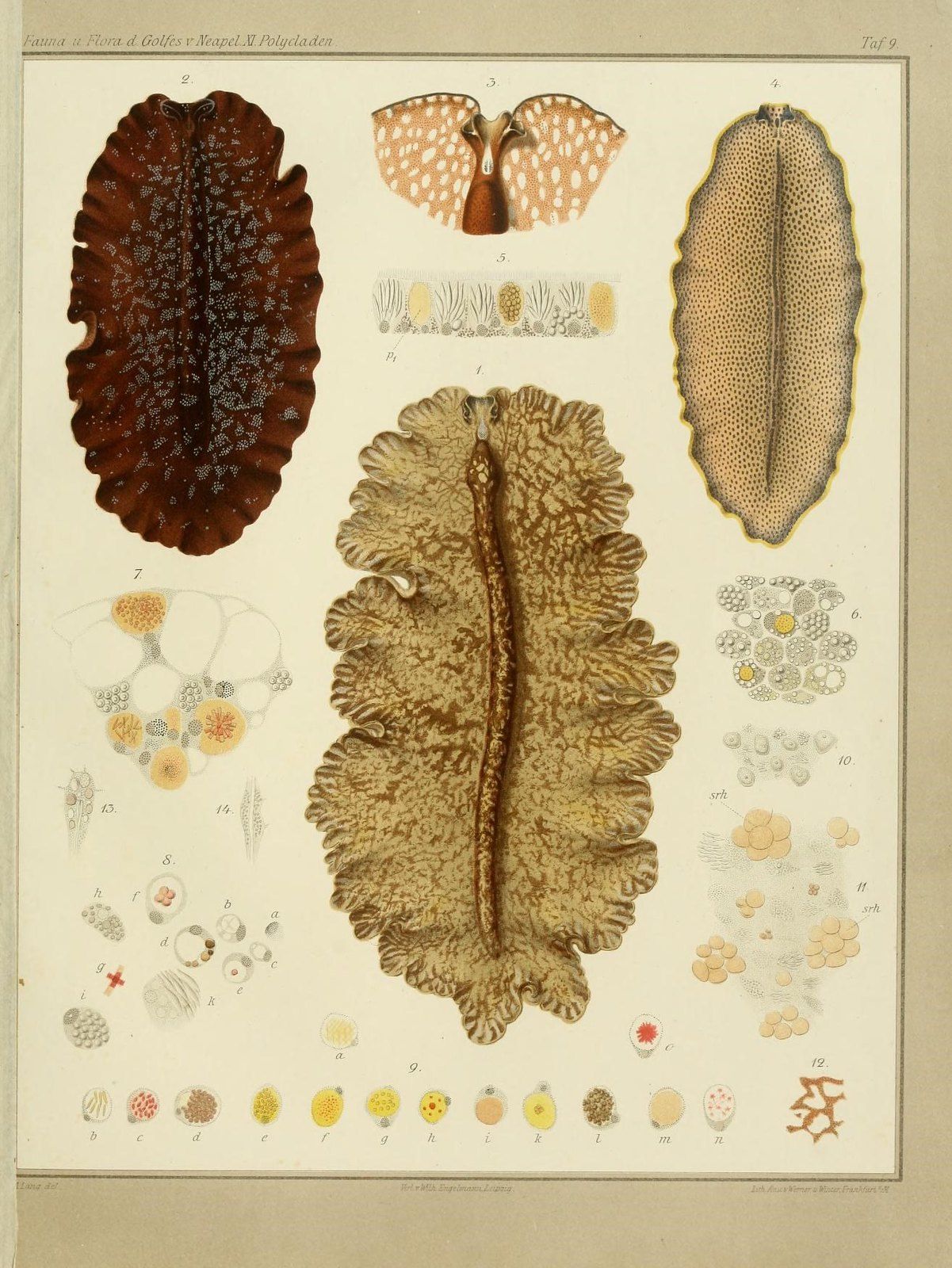
We Have Always Been Capable of Peace: A Dispatch from Newark
by Jade Gomez
As a child I lived at a crossroads. Two blocks to the left of my street takes you to the old-fashioned town homes of Bloomfield, a quiet suburban town with a white majority. Two blocks to the left is a housing project in Newark, a city once deemed “Murder Capital of the U.S.” by an intimidating billboard that my family drove by on my way to school. It was an unspoken rule to not acknowledge the projects or the people who lived there, and sometimes I would see young children leave the convenience store with their money still in their hand. “We don’t want to serve their kind,” said the owner as he handed me my candy bar.
Stephen Crane Village has always been notorious for being one of the most dangerous housing projects in the city. At night I’d be awoken by the red and blue lights of police cars going toward the apartments, occasionally hearing a scream and a gunshot. In daylight, plainclothes police officers would monitor the residents from the parking lot, tracing the steps of everyone who exited the distinct blood red doors of each apartment. Stephen Crane was ruled by near constant surveillance, a fate most Newark residents have come to accept.
A city that has been constantly under police terror and ignored due to its stigma came alive the weekend following the tragic killing of George Floyd in Minneapolis. The protests, organized by longtime community organizer and Democratic Senate candidate Lawrence Hamm, coalesced at the President Lincoln memorial statue in front of the city courthouse. University students, high schoolers, and parents with their children watched intently as speakers came and went. I overheard an older resident relaying the demonstration to someone over the phone, saying “I hope it doesn’t end up like another ‘67.”
The George Floyd protests are not without tension. The 1967 Newark Riots occurred after decades of white flight in which the city was majority black, but controlled by white politicians. Two white police officers brutalized black cab driver John William Smith leading to citywide protests that left 26 dead, nearly 800 injured, and almost 1,500 arrested after over 7,000 National Guard and police officers were deployed. Older Newark residents will tell stories of gunmen patrolling the streets and the feeling of cold handcuffs tightened around their wrists. That feeling and fear have permeated across generations, yet still it wasn’t enough to stifle their voices.
Over the course of four hours on May 30th at least a thousand residents marched across Newark’s iconic downtown, acting as protectors of a city they hold so dearly to themselves. It’s a downtown teeming with Black-owned businesses ranging from clothing stores to restaurants that owe their livelihoods to their city on the basis of mutual understanding and struggle under the shadow of large insurance companies and banks that still represent an unattainable goal to many residents. There were no police officers in riot gear, no agitation, and the unwavering support of residents from their cars, the front steps of their homes, and social media.
This week I’ve seen a lot of dispatches from my city’s protests with special attention paid to the peacefulness of the demonstration. All the tweets and headlines highlighted this crime-ridden and miserable city as being one of the few sites without broken windows and destroyed businesses, as if it was expected of them. Instead of praising the effective organization of multiple college-run groups, the eruption of cheers when a young woman called to end the murders of black trans women, and the solidarity with older residents and the new generation of young activists, coverage chose to focus on the perceived impossible peace that such a violent city demonstrated.
I saw it as a testament to the effectiveness of community policing. When given the implicit trust to organize and march without police antagonism people thrive. When communities feel heard and represented within politics, as shown when Mayor Ras Baraka marched in solidarity, people are more active and confident their voices will be heard. Camden, a fellow New Jersey city with a similar reputation, has provided an excellent model for community policing following the dissolution of their police department. Their protests were similar to Newark’s, and it seemed to impress Minneapolis lawmakers enough to consider doing the same. This is not to say that community policing is a be-all-end-all which will prevent brutality. Abolition is the eventual end goal. But there is much to be said when the disbandment of police departments leads to a city’s lowest homicide rate in thirty years, and a blueprint can be put in place for complete abolition.
What happened in Newark was not a miracle by any means, but rather a response to the generational trauma of over-policing and an example of solidarity within communities of color. It’s an implied shared kinship over racism, classism, discrimination, and pride in one’s community. This is not to dismiss the rightful and palpable rage shown across the country, and the result of Newark’s protests are not to be used as a way to shame other cities for responding to the same brutality.
Organizer Lawrence Hamm closed out the protests with a powerful speech in which he declared “I am not just a socialist. I am a Black liberationist,” which was met with a raucous applause. Those words were heard, and the call to liberation was set. It starts with abolition and defunding, representation in government, and increased attention to housing and education amongst other things.
On my way home from the protests, I passed by Stephen Crane Village and saw no police car in its usual parking spot. Instead I heard a child playing, two residents talking on their steps, and the soft rattle of bass coming from someone’s speakers. We have always been capable of peace.
Jade Gomez is a New Jersey-based music writer and photographer with a passion for underrepresented pockets of society. Find her at @huskerdu_rag on Twitter or at jadegomez.com
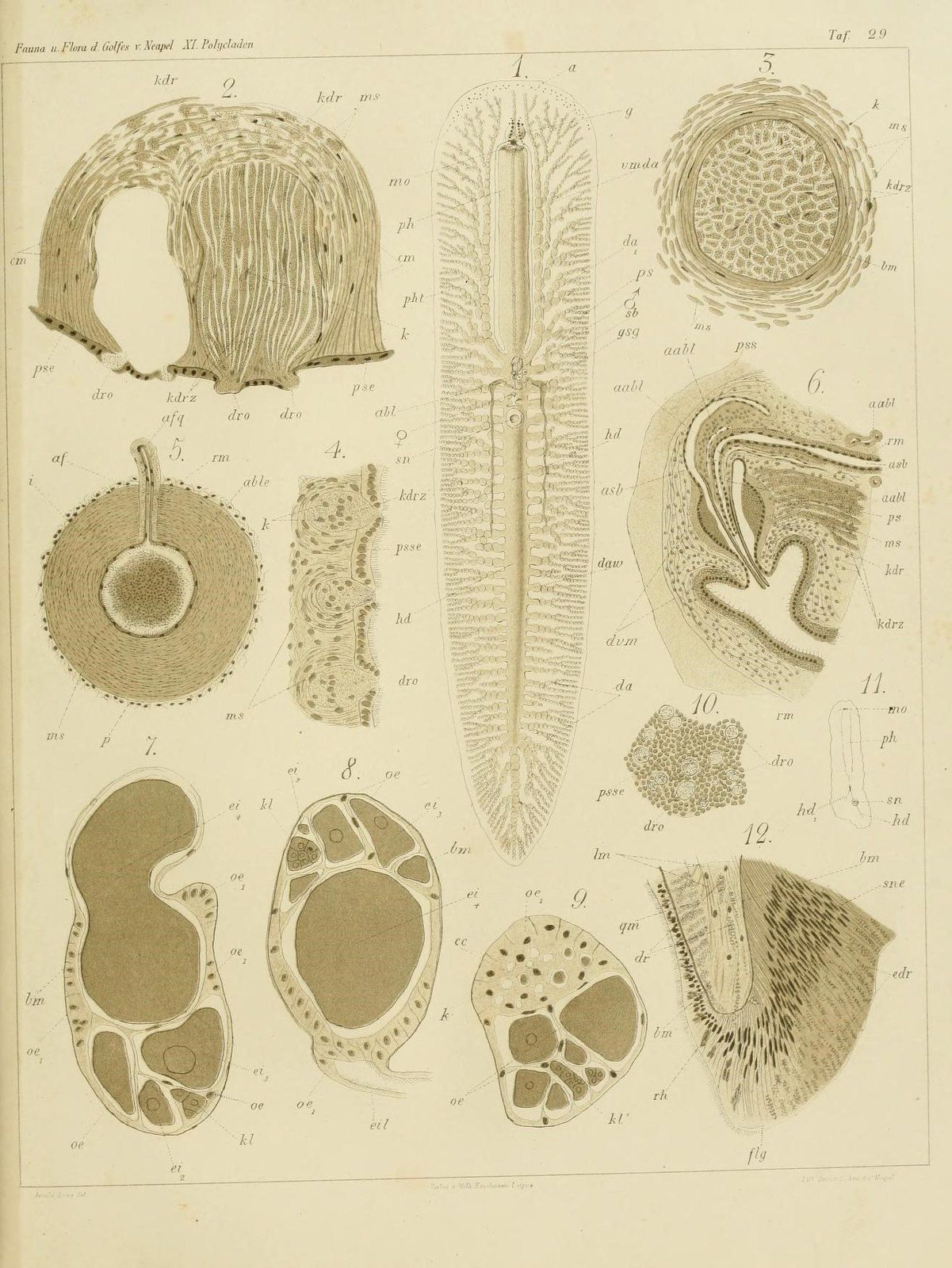
No More Police Reform
by Ana Tuazon
Last week in Houston a rally honoring George Floyd drew an estimated 60,000 people to City Hall. At the event Mayor Sylvester Turner, who is Black, and HPD Chief Art Acevedo, a Cuban immigrant, offered their condolences to Floyd’s family and said some words about reform and change to those who gathered.
Later that evening, around 200 peaceful protesters were arrested by HPD and other forces, although “property damage” appeared mostly limited to some scattered graffiti tags. Helping out with jail support the following night, I heard some of the released protester’s stories. Many were trapped into an arrest by officers kettling them into an area where there was no escape. Some were beaten with batons by SWAT-ted out riot cops and roughly zip-tied until their hands swelled with blood. Some said cops claimed their arrest was due to breaking a 7pm curfew, but Houston had not implemented any curfew. They were thrown on sweltering buses (one person told me the officers played Sade on the speakers during the ride to jail, which caused them some cognitive dissonance) and taken to holding pens staged in a gym. Masks weren’t handed out for hours, food and water was scarce, and they didn’t allow one protester I spoke with to take desperately needed medication they had in their bag. After all this brutality, almost everyone that I spoke to wants to keep protesting—the level of FTP sentiment was stronger than ever.
Over the past couple weeks, city government and activist groups friendly to reformist “solutions” have thrown up smokescreens to make it harder to build an abolitionist movement here in Houston that aligns with the demands of the Movement for Black Lives, and they’ve been sadly effective. The person putting in the most hours towards this seems to be HPD Chief Art Acevedo, who has received national attention, and praise, for vocalizing support for Black Lives Matter activists and marching alongside protesters. His efforts to be seen as an ally extend to his online presence, too. He changed his avatar on Twitter to a #justiceforfloyd graphic, and last Friday, retweeted a #birthdayforbreonna post. His timeline is bursting with feel-good pro-police content that virtue signals harder than any other cop I’ve seen. His posts often feature the hashtag #relationalpolicing, one that has started to gain traction on the Twitter accounts of police departments across the country. It appears to be an invention of Acevedo’s, his more “progressive” answer to the often criticized strategies that fall under the umbrella of “community policing.”
Acevedo appropriates lofty, activist-like language in recent posts that refer to relational policing, calling for mutual love and respect between police and community members. While lesser officers are reprimanded or removed from duty for reacting emotionally to the appeals of the protests, Acevedo has made it his mission to let his tears flow freely in passionate speeches to crowds of mostly Black and brown protesters that have been captured in viral videos like this one.
Though it’s tough to watch a crowd eat up his act, it’s kind of hilarious to hear him yell “This city is a city where Blacks and whites, and browns, and legal and illegal, all get together because we judge each other by the content of our hearts!” No human being is illegal, but the U.S. government sure isn’t going to judge you by the content of your heart if you’re here undocumented. As an immigrant himself, Acevedo must be highly aware of this, yet he still spouts these emotionally manipulative fantasies.
Predictably, those videos earned him the online adoration of people desperate for an example of a prominent cop who could act like a real human being. “We need more Art Acevedos!” was a common refrain I saw when looking through the comments. The chief has had his share of local critics too, like Jaison Oliver, who called Acevedo on his bluff:
Oliver’s tweet exposes how bizarre it is that relational policing— another evolution in a seemingly endless series of updates and improvements to police reform that promise to put an end to excessive use of force and other abuses of power—is presented by Acevedo almost as something that eclipses the very definition of policing.
The language that Acevedo uses to talk about relational policing, “radical interdependency,” “love,” “respect,” suggests that a simple solution to brutality lies in the ability of cops and citizens to connect on an intrinsically human level and talk it out (hugging also encouraged). Tragically, these kinds of reformist narratives are enabling Mayor Turner and the City of Houston to increase HPD’s budget in 2021, despite a budget shortfall due to COVID-19, effectively ignoring the HPD’s off-the-charts rate of killings in April and May—six lives taken in six weeks. It allows them to skirt accountability for past scandals, like a no-knock raid executed on a falsified warrant that took two people’s lives in 2019. That raid was similar to the one that led to Breonna Taylor’s murder in Louisville. Though people of color may occupy positions of power in Houston, those who do appear more committed to maintaining the sanitized image of a happy, diverse city than taking real action to ensure Black Houstonians don’t die brutal deaths—either from the gun of an HPD officer or confinement in a 72-man holding tank at the Harris County Jail where COVID-19 is spreading.
Relational policing and its focus on emotional connection is a fallacy, and a dangerous one at that.
During the events of the last few weeks, there has been much dialogue around the meaning of the riots and looting catalyzed by George Floyd’s death and the state’s response. The events leading up to the murder, the riots, and the attempt to control them have made it abundantly clear (again) that capital and property matter more than Black life in the U.S. The modern system of policing, which originated from slave patrols in southern parts of the country, has always been corrupt and violent. It’s designed to protect the interests of a property-holding ruling class that, at best, enables systems of oppression that disempower the working class to continue unabated. As Acevedo grasps for recognition as some type of thought-leader in the field of police reform, his racially diverse HPD continues to kill unarmed people of color, and his faux-radical relational policing is truly nothing more than a hashtag, a label, a repackaging of what we’ve always had, and what has always oppressed Black Americans and their allies in abolitionist movements: policing. People like him will never stop rebranding reform as something it’s not. And so reform will never stop officers from killing. If cops want to make a career out of building real human relationships, there’s only one option: quit.
Ana Tuazon is a writer, independent curator and 2019-20 resident in the Core Program at the Museum of Fine Arts, Houston. Find her at anatuazon.info.
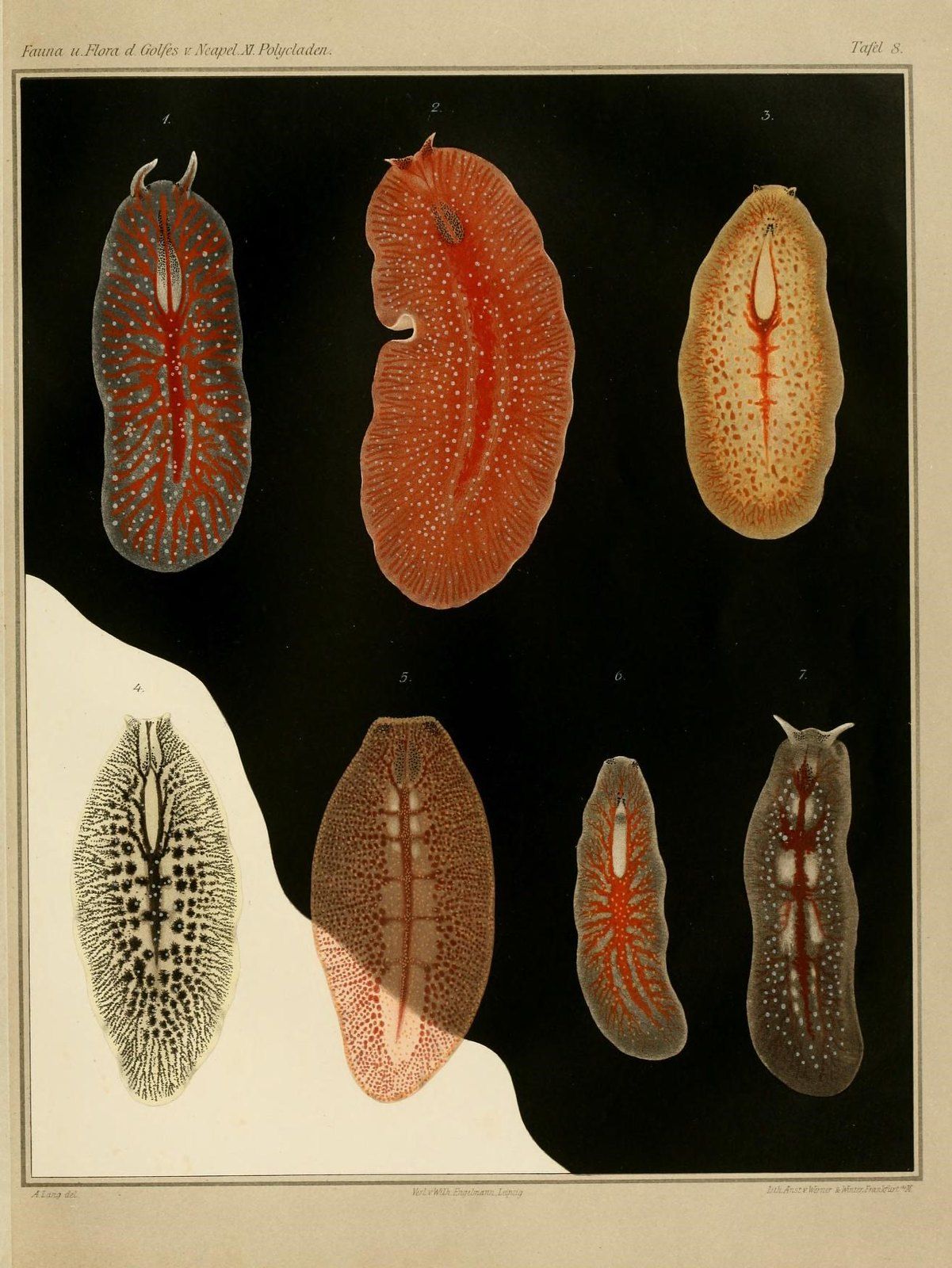
My First Las Vegas Protest Denouncing Police Brutality Was Beautiful Until It Wasn’t
by C. Imani Williams
“Hey Sister, You look like you’re ready to protest!” was the friendly greeting I received from the security officer, a Black man, dressed in work browns, as I stopped for the red light on 4th and Las Vegas Blvd in Downtown Las Vegas. It was Saturday, May 30. My birthday would be in two days. Celebrated on lockdown during the COVID-19 pandemic. I’d turn 56, thousands of miles away from family.
I smiled at the man and nodded in agreement. He’d taken in my red, black, and green face mask with “For the Ancestors” etched on the right side and my Black Lives Matter earrings swinging off my ears and hitting my shoulders. My brightly colored headwrap could easily have placed me anywhere across the African Diaspora and identified me as a part of the Black women collective who appreciate our cultural statement pieces.
He was right. I was ready. I’m certainly exhausted from the ongoing and seemingly neve rending list of names of unarmed Black women, men, and children killed by police. I’m concerned about my adult children and my grandchildren. I’m concerned for people who look like me, wherever their melanated bodies dwell. This would be my first official Las Vegas foot protest.
I sought out organizations doing the work when I’d first arrived from Los Angeles on July 1, 2016. I’ve volunteered with Color of Change-LV and I Love Being Black Las Vegas to connect with others here, and to get a feel for the climate while seeking employment in a new city. I wasn’t sure what to expect. This wasn’t my hometown of Detroit where I’d organized and protested conditions many times as an adult. Still, I had to show my support in Vegas for what was happening to my people and had been happening for far too long.
I was but a few feet away from the meeting spot listed on the flier as Container Park. A cute little Vegas spot where tourists fill up on calorie-laden foods and drinks. People were milling around the space, but I noticed placards carried by about 30 people moving up 4th and away from the Container Park. I followed.
A block away protestors had gathered and were taking in the organizer's words. Gazing around the mall which I estimated held 150-200 people were Vegas locals of every background, race, and culture. It was still hot with the evening sun still doing the most, but the crowd was upbeat and that was encouraging.
A signup table held a notebook for future contact, poster board, markers, name tags, toe tags for an interactive art activity honoring victims of police brutality, snacks, and bottled water. I understood that the protest, while huge, was only one part of efforts for positive change. I added my name and contact info and grabbed a copy of the African Pledge which I hoped we’d recite collectively. We didn’t, and I tucked it away with plans to incorporate the pledge into my meditation practice.
I’m used to protests and gay pride parades where we operate with permits. Here we were instructed by organizers to stay on the sidewalk and not impede traffic. We started moving without incident. As we circled blocks I felt the energy from the crowd fuse through me and it felt positive. We shouted “George Floyd!” “No Justice, No Peace!” “Say Her Name, Breonna Taylor!” and ”Justice for Ahmaud Arbery!” until my throat went dry. Mask down, quick gulps to hydrate, mask back up. Organizers had warned us not to faint before we hit the streets. I kept that in mind. The bullhorns weren’t great and those of us not in the front were mostly off rhythm, but it didn’t matter. Whoever felt so moved started a new chant and we kept it moving.
I was hanging in the rear and walking with some pretty cool people. Innately I knew I didn’t want to be in the front or caught in the middle, in case anything went down. I talked with fellow protestors as we moved through what felt like a circular labyrinth. One thing that stands out for me is that Las Vegas has all these transplants, of which I am one. It can seem kind of cold, even in the hot desert, when people don’t connect. This felt different. We were connected. So much so that I missed a cue to take a knee, and as folks on the left, right, and in front of me went down, I caught on. I made it down on one knee as the crowd was getting up. Hands outstretched I asked for help. Two women obliged and we started talking as we moved forward.
For three hours things were soulfully beautiful. We were vibing on one accord. Organizers moved through the crowd starting new chants and handing out free waters. And then we started getting boxed in on every block. There were reports of rubber bullets. The pain those could cause flashed through my mind. When we stopped to regroup I swore I felt mist falling from the sky. “What the hell is that mist?” I asked the two women who had helped me up from my late attempt at taking a knee. No one knew what it was.
I recorded here and there and was outdone when a white protestor started tagging a building. “Fuck the Police”, was his tag, and he yelled it, before running off into the night with a spray paint can in one hand and a 40 oz of beer in the other. It’s also when I decided it was time for me to leave.
The shift in energy came in a split second. Walking back towards Container Park with the crowd heading in the opposite direction I had a few sinister thoughts. What if I’m grabbed up by the police and they decide that me and all my Blackness have an agitator tone instead of a community-based mindset and hella fashion sense?
Back on 4th and Las Vegas Blvd, I stood at the corner and talked with an older white man while shooting a few more videos before leaving. When I arrived home and turned on the news, I learned all hell had broken loose right after I’d left. EZ Pawn is located across the street from Container Park and was broken into and looted. I wondered where the police had been while this was happening. I also wondered if items I’d recently pawned to hold me over until my unemployment money arrived would still be there. The newscaster said there were more than 2,000 protestors at end count. I had estimated about 1,000.
Disappointed, I took in the faces of whites, Latinos, and Blacks flashing across the screen, wiling out. I thought there was no way that they had been walking peacefully with us. When did they slip in? Why would they mess up this beautiful protest? Did they not understand or simply not care how important it is to stay focused and on point? George Floyd, Breonna Taylor, and Ahmaud Arbery I said over and over as police sirens passed by on Las Vegas Blvd.
C. Imani Williams is an unapologetic Culture Critic, Journalist, and Human Rights Activist. Find her on Facebook.
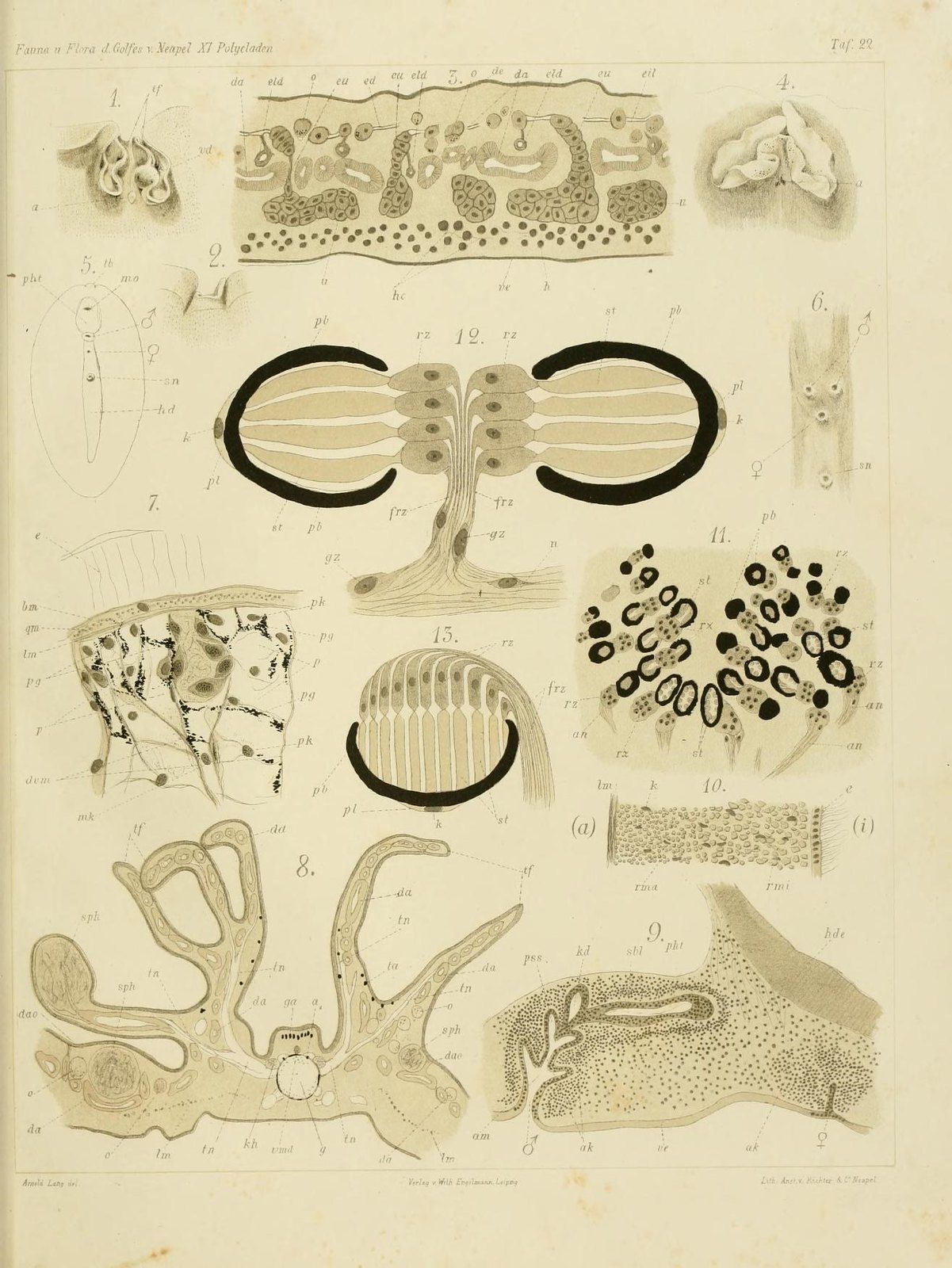
The Weight Of All That We Have Left
by Iman Sultan
George Floyd was murdered over a counterfeit $20 bill. As a police officer knelt on his neck he said “I can’t breathe.”
Eric Garner was murdered on a hot July afternoon in 2014. I was 19, working in a local activist collective against police violence and gentrification in Philadelphia a few months after Garner's death. When the police officer who killed him was not indicted that winter, protests burst out in the streets and spread across the country.
Eric Garner had asthma. He was choked to death after he said he was tired of being harassed by police. His last words were “I can’t breathe.”
In Black Skin, White Masks, Martinican psychologist Frantz Fanon writes, “When we revolt, it’s not for a particular culture. We revolt simply because for many reasons, we cannot breathe.”
I was 16, sitting in a classroom full of mostly white people when Trayvon Martin was killed. I was known as the confrontational brown girl, the girl who couldn’t quite fit in. So I got used to staying quiet.
“We don’t know what happened. Why George Zimmerman shot him.”
“Trayvon probably attacked him.”
“He was wearing a hoodie and looked suspicious, right? Like he wasn’t even in his own neighborhood.”
“There’s not enough evidence!”
The cement in my heart hardened. No one opened their mouth to vocalize the truth: Trayvon Martin had been a 17-year old boy walking back home with a pack of skittles in his hand. He was our age, maybe a year older. He could have been our classmate, he could have been our friend.
For a long time I could not breathe in America. I tried to leave. One summer, I tried to switch schools and move to Pakistan, but missed the entrance exam. When the movement for Black lives rose in late 2014 to 2016, I felt as if I could breathe again. Like the boulder on my heart had lifted.
When the movement declined, and many of its activists were found dead under suspicious circumstances, I was burned out. I sat in a state of disassociation at my desk job, disquieted by the mundanity of everyday life after seeing the tide of history engulf the streets.
I quit my job. I started working again. I lived in a constant state of anxious unemployment. Rinse and repeat.
I left Trump’s America and moved to Pakistan. I relented to the passive, depressing afterlife of movements lost, activists dead or sold out, never knowing if I’d see an uprising like this again in my lifetime.
And when Minneapolis rose up against George Floyd’s murder, I cried.
I step onto the train on the afternoon of the fourth day of protests against George Floyd’s murder. The train station closest to my parents’ house is in a poor, mostly white suburb, just a thirty minutes’ drive from Philadelphia.
A Confederate flag hangs in the humid air outside a row of houses. I’ve been taking this route since I was a teenager, and I still remember when I shuffled quietly over the sidewalk, hoping no one would notice me. Praying no one would see me.
Time has changed, and my walk has changed. I’ve lived in several cities, I’ve seen things I’d rather not remember nor repeat. I lean forward and walk, the felt mask sticking against my face. When I get onto the train, I see it. I see America. I see Black people and I see white people and I see the stoicism on the SEPTA officer’s face as we board public transit in the midst of a pandemic, the second day after the protests.
The silence is more deafening than words.
It’s the second day after the riots, when Center City was looted and the shops boarded up. I get on without a ticket. Nobody tells me to pay for a ticket on the way to 30th Street Station, as if there’s an unspoken understanding of what’s going on.
The train stations in Center City are shut down. The subway and trolleys to downtown are shut down. This is on purpose. Black Philadelphia is concentrated in the northern and western parts of the city, areas that have always been peripheral but became more and more marginalized by gentrification. Most working people in Philly don’t have a car. This is the city's way of preemptively cutting off Philadelphia’s low-income black and brown communities from coming to the ongoing protests.
I walk down Market Street to downtown. City Hall is fenced off and the National Guard stands in defense of a monument symbolizing the slavery and colonialism on which America was built. Helicopters circle the sky. Police stand in groups of five or ten on street corners.
Philly is the city where everyone jaywalks, but when I see a cop, I stop at a red light.
I am walking through a war zone.
The unhoused people who slept on benches, asked for spare change, and claimed their space at the train station or underground in the subway are displaced with all their things in Love Park.
The LOVE sculpture pops against the bright blue sky. The air is still and humid, hot and thick with tension.
The city has frozen.
A wave of emotions hits me, my face is covered but my eyes are wide. It’s a good thing I’m wearing a mask. No one can see the tear tracks on my cheeks.
A man walking just a bit ahead of me glances back in concern.
“You good?” he asks.
And this is Philadelphia. The city of brotherly love. In a pandemic, after a day of riots, and with both Coronavirus and state militarization hanging over our heads, strangers on the street will ask you if you’re okay.
I remember a chant we used to say when the movement was at its peak: “The people united will never be defeated.”
And now, the people are finally united in what looks to be a long hot summer of protests.
I’ve seen militarization before. Near my home in Karachi, Rangers, a paramilitary force deployed by the Pakistani government, ride in their trucks in camouflage khakis, the guns strapped to their bodies pointing outwards towards the civilian population.
Many cities in America, including Philadelphia, have implemented curfew. I can’t stay out long in the city because I’ll get stranded. After 6 pm, the trains will stop running.
My father and uncles grew up with curfew in Karachi. My mother’s brother was often stopped on his bike, and other members of my family were picked up and taken to the police station if they were out too late at night.
The ethnic and political violence gripping Karachi in the 1980s gave the government an excuse to crack down on the residents of the biggest, most lucrative city in Pakistan.
People of all ethnic backgrounds faced profiling, beatings and gunfire, and migrants from India and their descendants were profiled as “Hindustani” (Indian) in particular.
In 2011, Sarfraz Shah, a 22-year-old, was shot point blank in a public park. The video of his murder went viral.
In 2018, Naqeebullah Mehsud, a 27-year-old model, was killed by a cop. Naqeeb was labeled as a terrorist by his killer despite being innocent.
Police violence and racism are global systems of power that subjugate people, especially marginalized communities inconvenient to the narrative of the state. It’s something those of us from the global south are very familiar with.
When I reach the protest, the voices on the mic thrum through the air.
Not everyone at the protest is Black. Many are white. Others are brown, some are Asian, a few are ethnically ambiguous and light-skinned.
But there are still many who are Black.
These are the people who speak up.
These are the people who will perhaps steer the second wave of the movement for Black lives.
Everyone wears a mask, or covers their face with a scarf. They stand straight, bodies hard with rage. We are all in close proximity to each other. I breathe heavily in my mask, suddenly conscious of so many people around me after quarantining for weeks. We have come outside in a pandemic to protest police violence. We are holding America accountable.
I think of scenes in post-apocalyptic films and books, people rioting at the end of the world. We are living in the future we feared, the Day of Judgment is here.
There’s no going back.
And when these same protestors try to take the highway and are tear gassed, the future becomes a blank space. Unknowable and unguessable.
No one is safe, and there is no returning to the ‘normal America’ that never really existed, which flickered as an illusion until the day shattering the negative peace finally came.
That day has come.
The revolution is here.
Iman Sultan is a Pakistani-American journalist writing about culture and politics. She tweets at @karachiiite.
